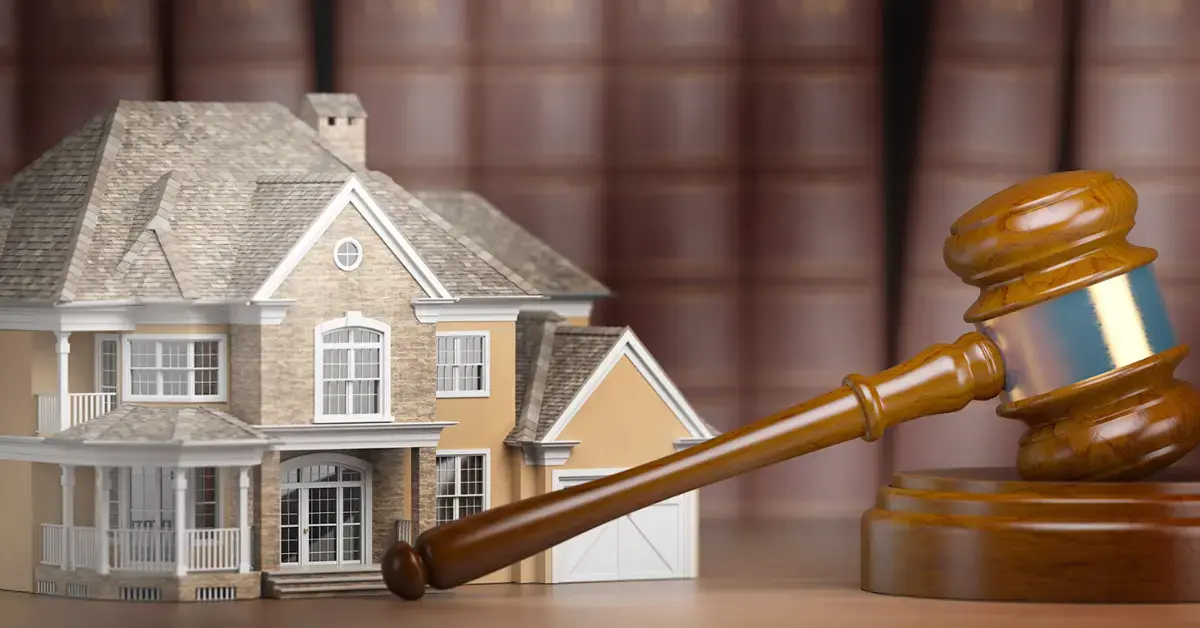
introduction
In the domain where architectural great western buildings lawsuit converge with legal complexities, the Saga of the Grandiose Western Edifices Litigation emerges as a riveting narrative entwining construction, design, and courtroom theatrics. This legal odyssey, rooted in contentions enveloping eminent Western structures, has seized attention for its repercussions across the architectural panorama. Embarking on this expedition, we unveil the strata of the legal terrain encircling the Grandiose Western Edifices Litigation to fathom the intricacies, adversities, and repercussions it thrusts into the spotlight.
The essence of the difficulty lies in the collision between architectural foresight and legal confines. This litigation, akin to numerous others in the discipline, probes into inquiries of design proprietorship, construction blemishes, and contractual disputes echoing through the architectural and legal fraternities. The Grandiose Western Edifices Litigation is not merely a legal skirmish; it metamorphoses into a manifestation of the elaborate interplay between artistic manifestation and legal perimeters, spotlighting how legal entanglements can mold the very underpinnings of our constructed milieu.
Unfolding the parchment of this legal epic, we plunge into the precise structures, architects, and legal contentions that have sculpted the narrative. The Grandiose Western Edifices Litigation transcends being just a casuistry; it metamorphoses into an expedition of the kinetic interrelationship between ingenuity and legality, elucidating how the outcome can cast an enduring influence on the towers that delineate our urban terrains.
great western buildings lawsuit of the Case

The genesis of the Great Western Buildings Lawsuit emerges from a collision of imaginative visions and legal intricacies within the realm of architecture. At its essence, the lawsuit orbits around a collection of Western towers that served as the canvas for both innovative design and contentious disagreements. The architects, once collaborators in this architectural symphony, found themselves entangled in a legal labyrinth, spotlighting the intricate equilibrium between creative expression and legal confines.
The origins of the dispute trace back to the conception of these iconic structures, where architectural aspirations encountered the convolutions of construction agreements and rights of ownership. As these buildings began to etch their presence onto the Western skyline, discord arose regarding the attribution of design nuances, construction imperfections, and adherence to contractual pacts. What commenced as a tribute to architectural ingenuity metamorphosed into a legal skirmish that would not only impact the implicated architects but also send ripples through the broader architectural and legal realms.
The great western buildings lawsuit Western Buildings Lawsuit transcends its role as mere courtroom theatrics; it unfurls as a narrative, unraveling the layers of the architectural process and exposing the trials confronted by professionals in translating creativity into tangible structures. As we navigate the backdrop of this legal tussle, we encounter a storyline that speaks to the intricate choreography between artistic liberty and legal restrictions, demonstrating how legal contentions can sculpt the very essence of the structures that delineate our urban landscapes.
great western buildings lawsuit Coverage and Public Opinion

The unfolding of the Great Western Buildings Lawsuit transcended the boundaries of courtrooms and legal documents; it evolved into a focal point for media scrutiny, sparking widespread public interest. News outlets, architectural journals, and social media platforms hummed with deliberations about the case, transforming it into a narrative that stretched beyond mere legal complexities. The media assumed a pivotal role in molding public sentiment, elucidating the intricacies of the architectural dispute to a broader audience.
Architectural fans and the general populace found themselves entranced by the developing drama, engaging in conversations spanning from the artistic merits of the implicated structures to the far-reaching consequences for the architectural community. The media coverage not only dissected the legal contentions but also delved into the repercussions of the case on the architects’ reputations, the structures in question, and the trajectory of collaborative ventures in the industry. As public sentiment wove itself into the fabric of the narrative, the case underscored the interplay between law, architecture, and the perspectives that mold our constructed surroundings.
In the era of social media, public opinion swirled in online forums and discussions, providing a platform for individuals to articulate their viewpoints on the Great Western Buildings Lawsuit. Debates spanned from the interpretation of design ownership to the obligations of architects in ensuring the enduring vitality and integrity of their creations. The case evolved into a catalyst for a broader discourse about the convergence of creativity, legal frameworks, and the sway of public sentiment on the architectural milieu.
great western buildings lawsuit Rulings and Outcomes:
As the Great Western Buildings Lawsuit unfolded in the legal arena, the court’s rulings and outcomes became pivotal moments in the trajectory of the case. One significant ruling addressed the contentious issue of design ownership, establishing a precedent that would influence future architectural disputes. The court carefully examined the contracts, design blueprints, and communication records between the architects, ultimately determining the rightful ownership of specific design elements. This ruling not only impacted the architects involved but sent a ripple effect through the architectural community, prompting a reevaluation of collaboration agreements and intellectual property rights.
Another noteworthy outcome revolved around the structural flaws identified in the buildings at the center of the dispute. The court’s decision to hold the architects accountable for these deficiencies set a precedent for ensuring the quality and safety of architectural projects. This outcome prompted a closer scrutiny of construction practices within the industry, emphasizing the responsibility of architects to deliver not only aesthetically pleasing designs but also structurally sound and compliant structures. The implications of this ruling echoed far beyond the courtroom, influencing building standards and the expectations placed on architects in the execution of their projects.
In the aftermath of the Great Western Buildings Lawsuit, the outcomes reshaped the legal and professional landscape for architects. The case underscored the importance of clear contractual agreements, meticulous documentation, and adherence to construction standards. Architects, now more than ever, face heightened scrutiny regarding design ownership and the structural integrity of their creations. The significant rulings and outcomes from this case served as a cautionary tale and a catalyst for reform within the architectural community, paving the way for a more nuanced understanding of the intersection between creativity and legal responsibility.
Impact on Great Western Buildings and the Industry:
The Great Western Buildings Lawsuit left an indelible mark on the structures at the heart of the dispute and resonated throughout the architecture industry. As the legal proceedings unfolded, the buildings involved underwent scrutiny not only for their design elements but also for structural flaws identified during the case. This scrutiny prompted a series of renovations and modifications, transforming these iconic structures to meet the standards expected by both the architects and the public. The tangible changes to the buildings themselves became symbolic of the broader impact the lawsuit had on the architectural landscape.
Beyond the immediate structures, the industry at large experienced a paradigm shift in its approach to collaboration, design ownership, and construction practices. The lessons drawn from the Great Western Buildings Lawsuit prompted architects and firms to reevaluate their contractual agreements, placing a heightened emphasis on clarity regarding design attribution and responsibilities. The legal precedent set by the case influenced how architects approached collaborative projects, emphasizing the need for transparent communication and meticulous documentation to mitigate potential disputes in the future. The industry absorbed these lessons, evolving to foster a more robust and accountable environment for architectural endeavors.
In the aftermath of the lawsuit, the architectural community engaged in a collective reflection on the intersection of creativity and legal responsibilities. The impact rippled through educational institutions, influencing how architecture students were taught about design ownership, contractual agreements, and the importance of upholding structural integrity. The great western buildings lawsuit Western Buildings Lawsuit, beyond being a legal saga, became a catalyst for positive change within the industry, prompting a reexamination of practices and fostering a renewed commitment to professionalism, ethics, and the enduring quality of architectural creations.
Conclusion
In conclusion, the narrative of the great western buildings lawsuit Western Buildings Lawsuit unveils a profound intersection between creativity, legal intricacies, and the built environment. This legal saga, born from the clash of architectural visions, resonates not only within courtrooms but also in the halls of architectural institutions and the minds of professionals in the field. The case illuminates the delicate dance between the freedom of artistic expression and the necessity of navigating legal boundaries within the architecture industry.
As we dissected the background, significant rulings, and outcomes, it became evident that the great western buildings lawsuit Western Buildings Lawsuit catalyzes positive change within the architectural community. The legal precedents set by the case have prompted a reevaluation of collaboration practices, design ownership, and construction standards. The impact rippled through the industry, transforming how architects approach their craft, collaborate with peers, and uphold their responsibilities to clients and the public.
The lessons drawn from this legal saga extend beyond the specific structures involved, influencing the very fabric of architectural education, professional ethics, and industry practices. The great western buildings lawsuit Western Buildings Lawsuit, with its nuances and complexities, stands as a pivotal chapter in the evolving story of architecture, reminding professionals of the intricate balance required to bring artistic visions to life while navigating the legal intricacies that shape the landscapes we inhabit.



